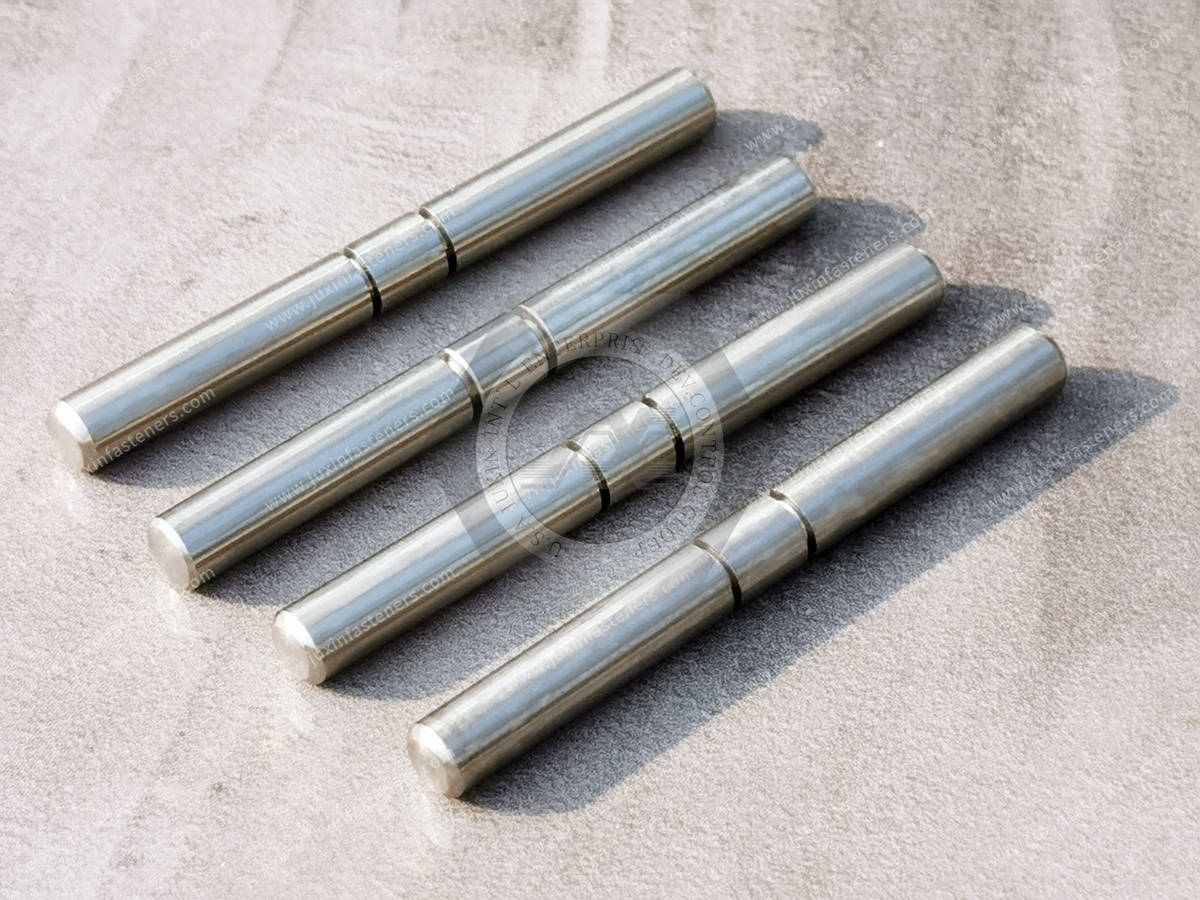Call Us
+86 136 6007 9809
Call Us
+86 136 6007 9809
Material: Carbon steel, Alloy Steel, stainless steel SUS304, SUS316, High-Strength Steel, Brass
Product Specification
Material: iron, aluminum, copper, stainless steel
Surface treatment: environmental protection white zinc, environmental protection black zinc, environmental protection color zinc, dacromet, anodic oxidation, tin, zinc-nickel alloy, etc.
Features and principles: convenient and fast operation, flexible use, easy disassembly, and wide application.Stainless Steel General Characteristics: Designed for machining, non-magnetic
Common Applications: Electronic hardware, automotive, aerospace, medical instruments, and many applications requiring corrosion resistance
Tolerances for 1/2" Dia: Cold finished+/- .002
Functions and Structural Features of Shaft Components
1. Functions: Shaft components are commonly encountered parts in mechanical engineering. Machines are primarily used to support transmission components such as gears and pulleys, transmitting motion and torque, such as machine tool spindles. Some shafts are used for clamping workpieces, such as mandrels.
2. Structural Features: Shaft components are rotating parts with a length greater than their diameter. They are typically composed of outer cylindrical surfaces, conical surfaces, threads, keyways, key slots, transverse holes, grooves, and so on. They can be classified based on their structural features, such as:
3. Solid Shafts: Solid shafts have a uniform cylindrical shape and are commonly used for transmitting torque. They do not have any internal cavities or hollow sections.
4. Stepped Shafts: Stepped shafts have varying diameters along their length. They consist of sections with different diameters, typically transitioning from a larger diameter to a smaller one. Stepped shafts are used in applications where different components with different diameters need to be mounted.
5. Splined Shafts: Splined shafts have longitudinal ridges or teeth called splines. They are designed to transmit torque while allowing slight axial movement or misalignment. Splined rods are commonly used in automotive applications, such as in driveshafts or gearboxes.
6. Hollow Shafts: Hollow shafts have an empty center or internal cavity. They are lighter in weight compared to solid shafts and are often used when weight reduction is a concern. Hollow shafts can provide space for passing through other components or for fluid flow.
7. Flexible Shafts: Flexible shafts consist of a series of interconnected elements that allow for bending and twisting. They are used in applications where rotational motion needs to be transmitted around obstacles or in tight spaces, such as in flexible drive shafts for power tools or automotive steering systems.
It is important to note that these are just some examples of structural features and classifications of shaft components. The specific design and characteristics of shafts can vary depending on the intended application and engineering requirements.
Product Packaging
Packing: Inner is Poly foam, out is carton. Then pallet. Carton size: 29*19*19.5CM and 23.5*17.5*8, CM and pallet size is: 215*100*90CM, or as your requirement.
Product Pictures

Packaging & Delivery and Packaging Details
1. Shrink film+wooden box
2. Cardboard box+pallet
3. Color box
4. As per the customer's request
Contact Us
Tel.:
+86 020 8621 0320
+86 020 3121 6067
E-mail:
Technical Support:
Navigation
SEND INQUIREY